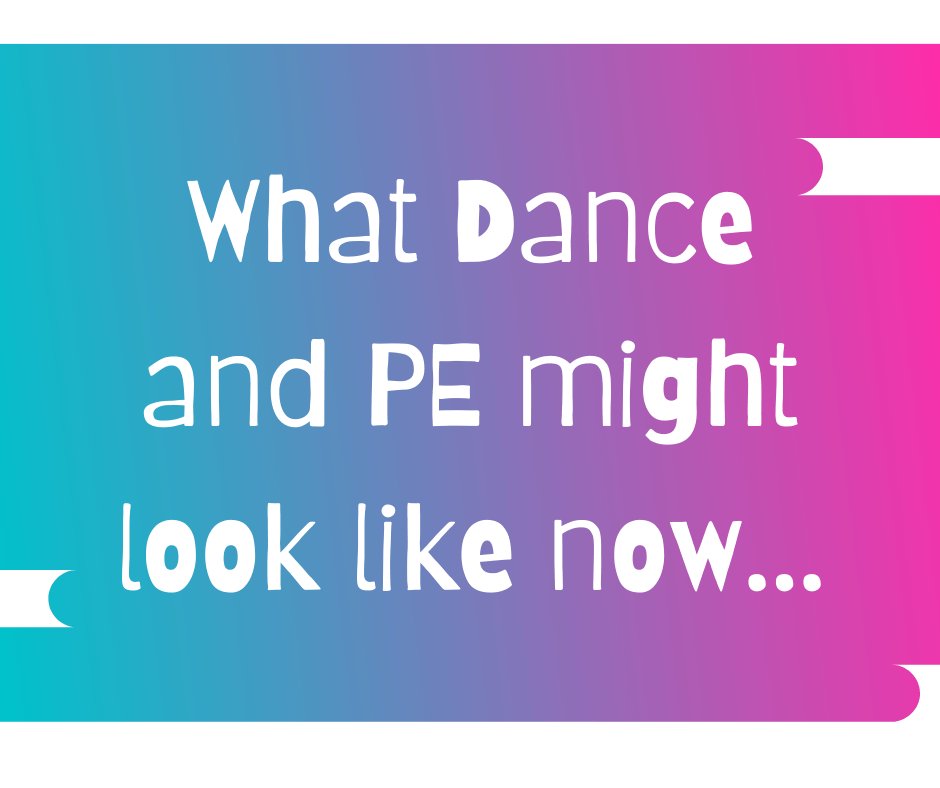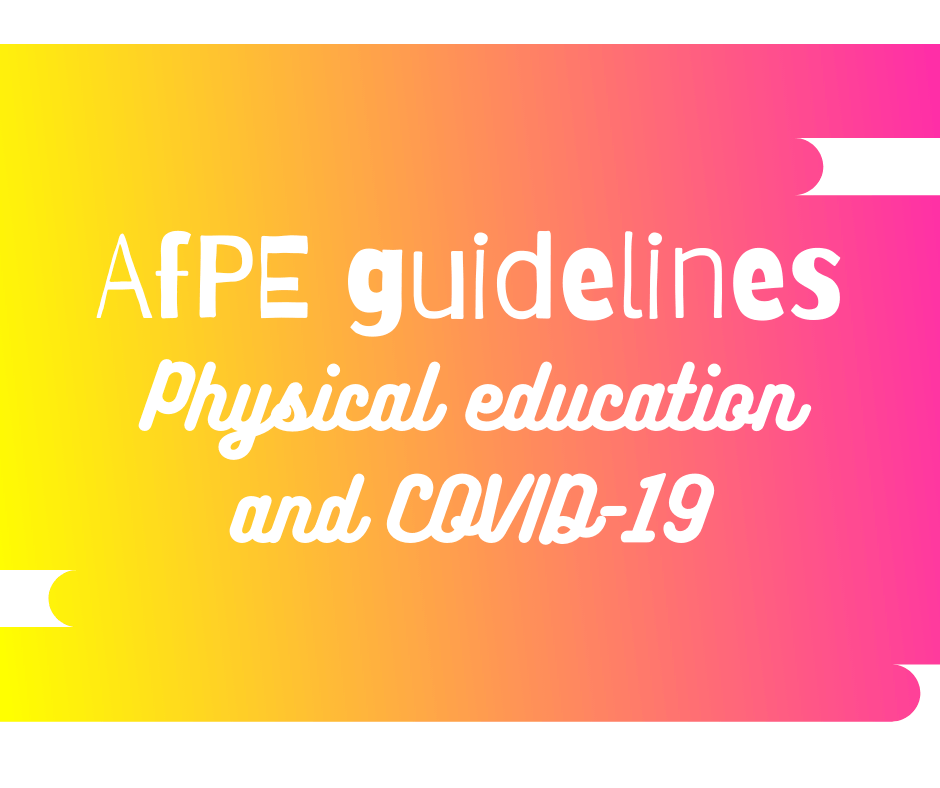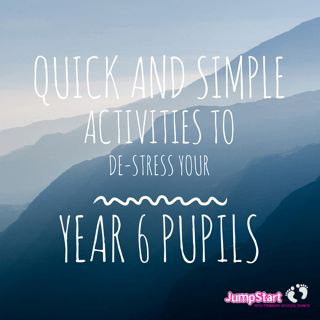Have you noticed that many of your reception children are starting school with a weaker…

What PE and dance might look like right now…
If you’ve read the AfPE guidelines (or our recent blog about it here) you will be aware of the changes to be made when planning and delivering PE in Primary Schools. Initially it can be an overwhelming read, but I’ve always believed that necessity is the mother of invention and after having a re-think of what a dance class might look like in light of COVID-19, I have to admit it’s not as bad as I first thought – meaningful physical activity that is both fun and beneficial is definitely possible.
Considerations with PE planning
Some of the things we now need to consider when planning PE right now include:
- Avoid using equipment
- No contact between children and/or staff
- Keep in zones, ideally 2m away from each other
- Deliver outside where possible
- Clean equipment and spaces before and after delivery
- Wash hands regularly
And of course, risk assessments written by yourselves and the school will need to be undertaken carefully. Restrictions may also change on a regular basis depending on the national (and regional) outlook so please check both school and government policy before delivery.
Dance teaching and COVID-19
In terms of teaching dance, one of the biggest changes will be the lack of equipment as many dance artists heavily rely on a multitude of scarves, ribbons, lycra squares, feathers and so on to communicate theme, dynamic and emotion. Availability of appropriate space could also impact on physical activity – staggered arrival, lunch and home times mean timetables may be disjointed and opportunities to deliver PE haphazard.
It may not be possible to deliver curriculum-linked content, especially if local lockdowns mean that schools are only open to key worker children and therefore bubbles may include mixed year groups again. And addressing children’s wellbeing may take precedence over any formal learning.
In this scenario, the best kind of dance delivery is one where all children can achieve at their own level of ability. This is one of the reasons that dance is perfectly poised as a physical activity within schools right now – it is inherently creative, open-ended and infinitely adaptable.
So what might a dance lesson look like for the rest of 2020?
- Creative delivery – give the children a movement idea and ask them to try it out in different ways
- Open-ended tasks that naturally differentiate – simple tasks for younger children that offer greater complexity for older and more able pupils
- Nurturing – opportunities for children to express themselves through movement
- Fun – so MANY ways to move! So much fantastic music to move to!
- Short, punchy lessons (10-30 minutes long) that can be delivered easily
- Content that can be adapted to a variety of spaces (no hall? Deliver outside! Raining? Make a desk / chair dance!)
Don’t let restrictions stop you from providing high quality physical activity. As mentioned previously, children’s physical and emotional wellbeing is paramount at this unprecedented time and as physical educators we have a responsibility to ensure we provide opportunities for growth, development and healing.
How to start
Even if you have little to no experience in teaching dance, this is the perfect time to start. You don’t need personal dance training to deliver a great lesson – the children already have the ideas and the movement, you just need to give them the starting point to get them going.
If your looking for ideas to teach within your own bubbles, the book I have co-authored with Claire Pring and Jo Cone will definitely be of use to you. It contains 30 plans that have been devised to allow the participants to engage in creative and expressive activities whilst due consideration has been given to the constraints of physical distancing as a result of the COVID-19 virus. The ideas contained within the book will also be relevant for teaching high quality dance in a less restricted future.
More information on ‘Making a Move: Creative Dance in a Changing World’ is available here, including how to purchase.



